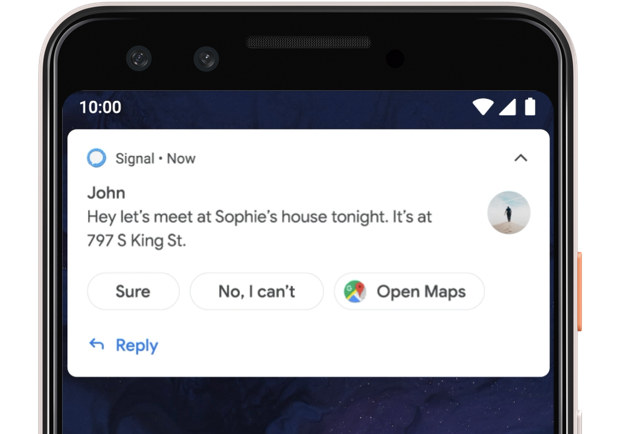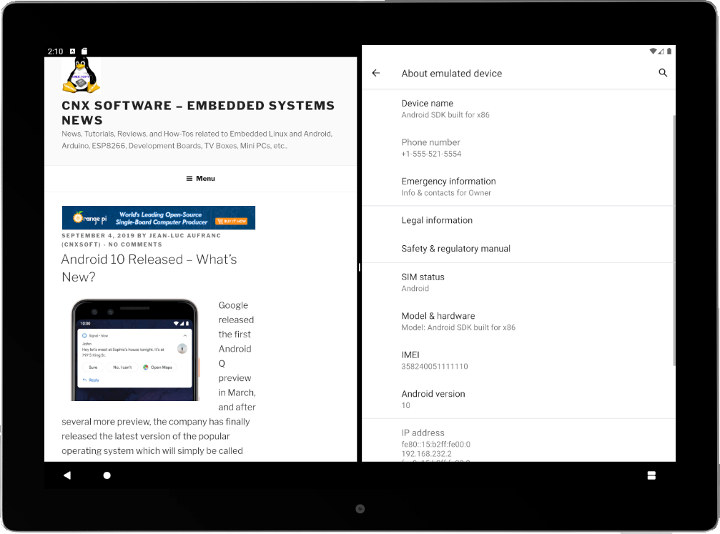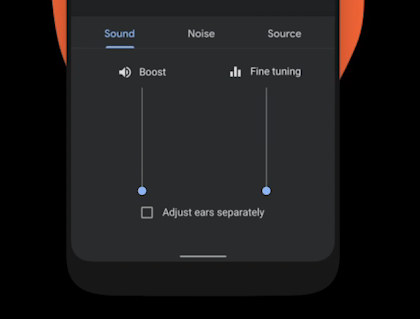Google released the first Android Q preview in March, and after several more preview, the company has finally released the latest version of the popular operating system which will simply be called Android 10, since Google dropped dessert names which previously led to confusion.
What’s new in Android 10?
Here’s a list of the new features that you can expect from Android 10:
- Privacy protection improvements – There’s more granular control over what apps can or cannot do in Android 10.
- Security improvements – Support for TLS 1.3 (up to 40% faster than TLS 1.2), and passive authentication methods such as face recognition
- Support for foldables and innovative new screens
- Sharing shortcuts – Let users jump directly into another app to share content.
- Settings Panels – Floating UI invoked from an app to show system settings that users might need to adjust.
- Smart Reply in notifications – Contextual actions in notifications, such as smart replies for messages or opening a map for an address in the notification.

- Dark theme – System-wide dark theme that works well in low light conditions, and is said to help save battery.
- Gesture navigation – Android 10’s gesture navigation mode eliminates the navigation bar area and allows apps to use the full screen
- Connectivity Improvements
- Privacy and security – FINE location permission for Bluetooth, Cellular and Wi-Fi, randomized MAC address, WPA3, and Enhanced Open security.
- Wi-Fi performance mode – Enabling high performance and low latency modes will start adaptive WiFi in Android 10.
- 5G support
- Camera, media, graphics
- Dynamic depth format for photos
- Audio and video codecs – Android 10 adds support for AV1 open-source video codec, Opus audio encoding, and HDR10+ for high dynamic range video.
- Native MIDI API – Native (C++) MIDI API to communicate with MIDI devices.
- Audio playback capture
- Sound amplifier – Let’s you boost sound, filter background noise, and fine-tune the audio output.

- Vulkan becomes a first-class citizen – Vulkan 1.1 is now required for 64-bit devices running Android 10, and a recommendation for 32-bit devices. Experimental support for ANGLE (Almost Native Graphics Layer Engine)
- Live Caption – Automatically captions media playing on users’ devices, from videos to podcasts and audio messages, across any app.
- Neural Networks API 1.2 – New ops and performance optimizations.
- ART Performance improvement – Apps load up to 20% faster and consume less memory
Getting Android 10
The new operating system is now pushed to Pixel smartphones and Essential PH-1 phone. If you can’t wait a few hours or days, Google also released Android 10 factory and OTA update (recommended) firmware images. If you don’t own any of those phones you can still try the operating system in the emulator found in Android Studio.

Android 10 source code can already be found in AOSP.
More details can be found in Google’s blog, Android’s developers’ blog, and the official page.

Jean-Luc started CNX Software in 2010 as a part-time endeavor, before quitting his job as a software engineering manager, and starting to write daily news, and reviews full time later in 2011.
Support CNX Software! Donate via cryptocurrencies, become a Patron on Patreon, or purchase goods on Amazon or Aliexpress






